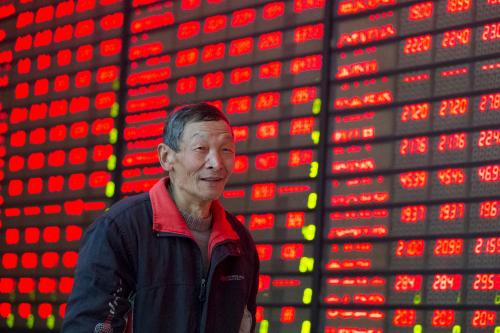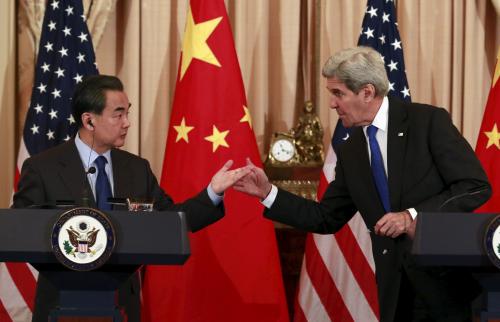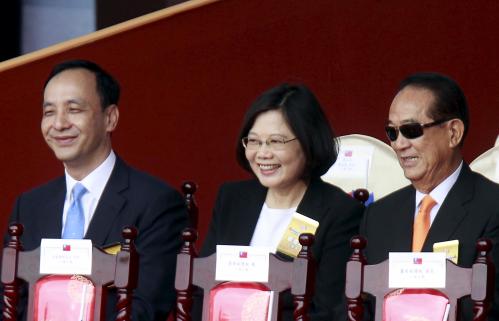 In a commentary appearing in The Wall Street Journal shortly before her election as president of the Republic of Korea in late 2012, Madame Park Geun-hye described East Asia as a bifurcated region. According to then-candidate Park, Northeast Asia (which she defined as China, Japan, and the two Koreas) was the primary engine of global economic growth, and (with the exception of North Korea) a singular example of regional cooperation, even without deeply rooted multilateral habits and practices. But she also observed that there was a “clashing Asia,” characterized by North Korea’s accelerated pursuit of nuclear weapons; the resurgence of historical and territorial rivalries; and heightened military competition. She described these competing narratives as “Asia’s paradox.”
In a commentary appearing in The Wall Street Journal shortly before her election as president of the Republic of Korea in late 2012, Madame Park Geun-hye described East Asia as a bifurcated region. According to then-candidate Park, Northeast Asia (which she defined as China, Japan, and the two Koreas) was the primary engine of global economic growth, and (with the exception of North Korea) a singular example of regional cooperation, even without deeply rooted multilateral habits and practices. But she also observed that there was a “clashing Asia,” characterized by North Korea’s accelerated pursuit of nuclear weapons; the resurgence of historical and territorial rivalries; and heightened military competition. She described these competing narratives as “Asia’s paradox.”
Will this much darker alternative ultimately dominate the regional future? What are the consequences if the region is increasingly shaped by conflicting national identities and political-military polarization? What can the United States do to limit these possibilities? Answers must be sought in how regional leaders conceptualize their histories, strategic circumstances, and future expectations, including their perceptions of American power.
Any assessment must begin with America’s core alliance relationships in Northeast Asia. For more than a half century, the United States has been the primary beneficiary of the development of Japan and South Korea as major industrial powers and pivotal U.S. security partners. The emergence of two prosperous, powerful democratic allies with strategic and institutional identities closely aligned with the United States has been an undoubted success for U.S. policy. Building on this success presumes that both capitals will pursue compatible policy objectives and advance long-term goals that accord with American interests. At the same time, the United States must demonstrate continuity of purpose and strategic direction as it responds to the forces shaping Northeast Asia’s future.
While both Japan and South Korea have reaffirmed the centrality of their alliances with the United States to their vital political and security interests, long-submerged forces are redefining national policies across Northeast Asia. These developments encompass renewed disputes over territorial sovereignty; heightened national identities as a source of domestic legitimation; and shifting power trajectories across the region. The ascendance of Chinese power, and the larger overlay of the long-term U.S.-China relationship, loom especially large in this process.
Despite the apparent compatibility in Japanese and Korean policy agendas, there is palpable political and interpersonal distance between the leaders of Japan and South Korea. At the same time, the U.S. presidential campaign has exposed fault lines within the American electorate that threaten to undermine long-dominant premises of U.S. regional strategy. Regardless of the outcome of the presidential election, these policy cleavages could directly affect future U.S. political, economic, and security relationships across Asia and the Pacific. America’s role in regional geopolitics has helped keep the peace and enabled unparalleled prosperity for decades, but trends on both sides of the Pacific could prove very disruptive to regional order.






